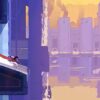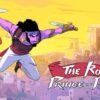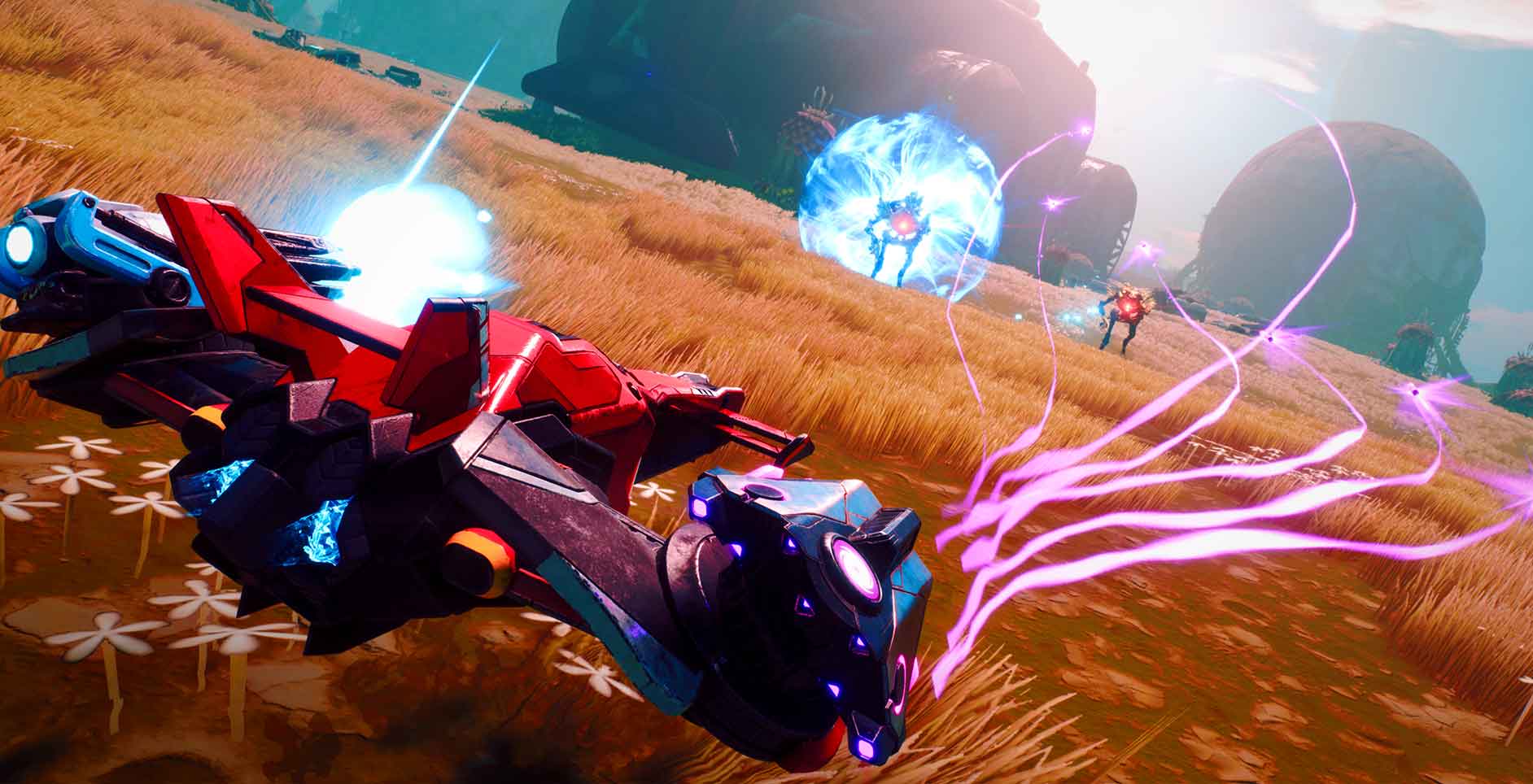It’s hard not to be a little taken aback by the idea of a Toys to Life game in 2018. Having seen the likes of Disney Infinity and LEGO Dimensions swept aside over the last couple of years, Ubisoft’s gamble on Starlink: Battle for Atlas — a brand new IP from the publisher’s Toronto team — is a bold move. Having had three hours of solid hands-on time with the game, though, it’s clear that gamble seems worth taking.
Toys to Life has been synonymous with gating off content and grinding out as much cash from the player as possible. It’s been one of the biggest issues I’ve had with the genre for many years, though early confirmation that Starlink could be completed with just the starter kit in tow calmed a lot of my issues prior to the preview event. After actually playing the game, then, I was taken aback by the amount of depth to the game, and how bloody fun it was.
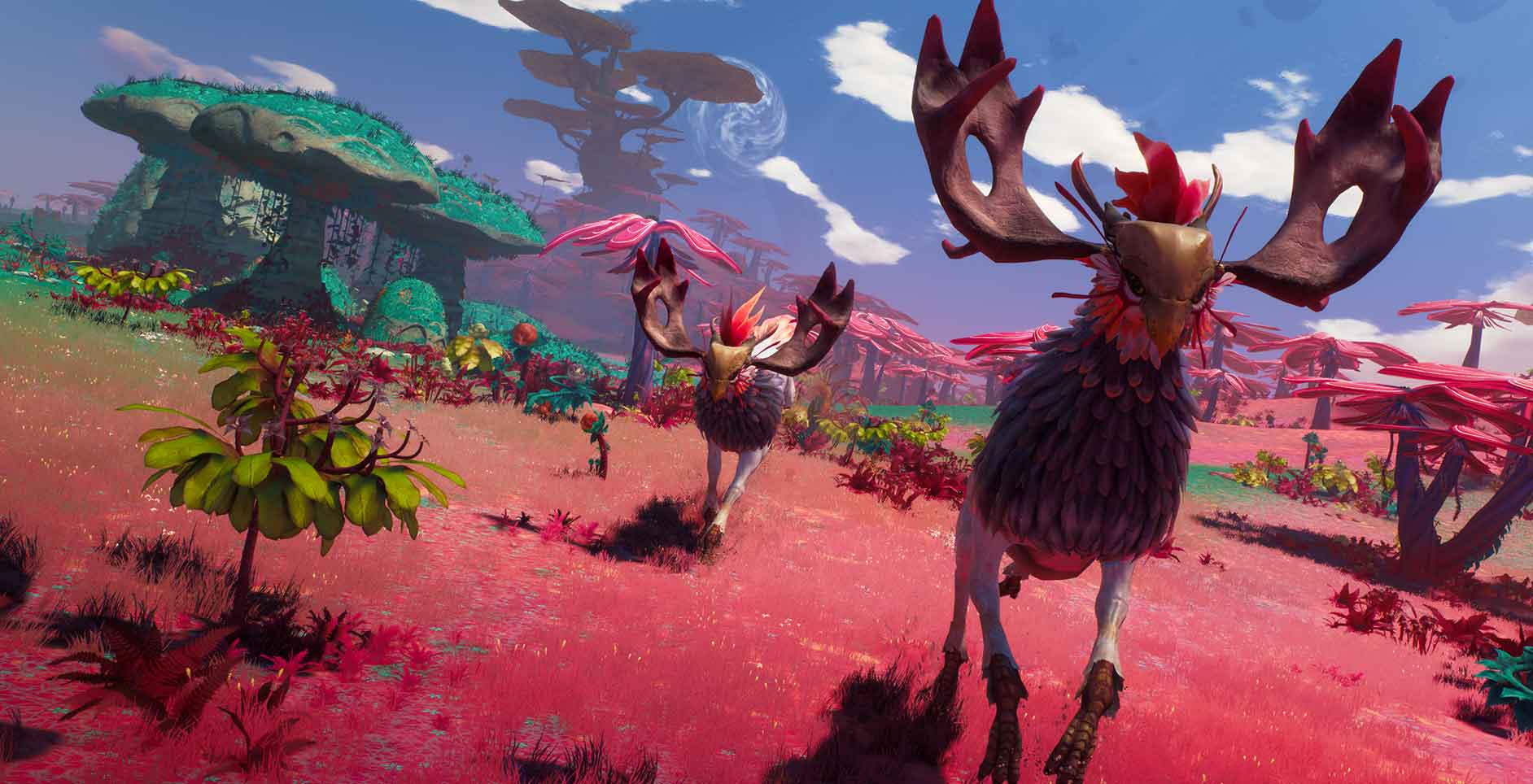
I got to play through the first two acts of Starlink, with act one played on a docked Nintendo Switch and the second act played on an Xbox One. Expecting a range of differences between gameplay and general performance on either machine, I was left impressed with both in their own ways. The Switch version, for example, didn’t look nearly as good as the Xbox One version, though the differences between the two weren’t that noticeable unless you’d had both versions up next to one another and compared them in real-time. Further to this, gameplay on the Switch version was tight and played well, with little frame-rate drops every now and again. They were nothing really troublesome, though it’s worth noting they were definitely there.
Act one was all about getting to grips with the controls and gameplay mechanics of Starlink, and generally the game controls really well. There’s enough depth to it for it not to feel too basic for older players wanting to zoom around in a ship, though it certainly will vibe with younger audiences as well. Dogfighting felt fluid, too, with basic commands and inputs allowing you to do a range of attacks, dodge rolls, and movements in order to evade fire. Each character in the game also has a special ability, which turned the tide of battle more than once throughout my time with the game.
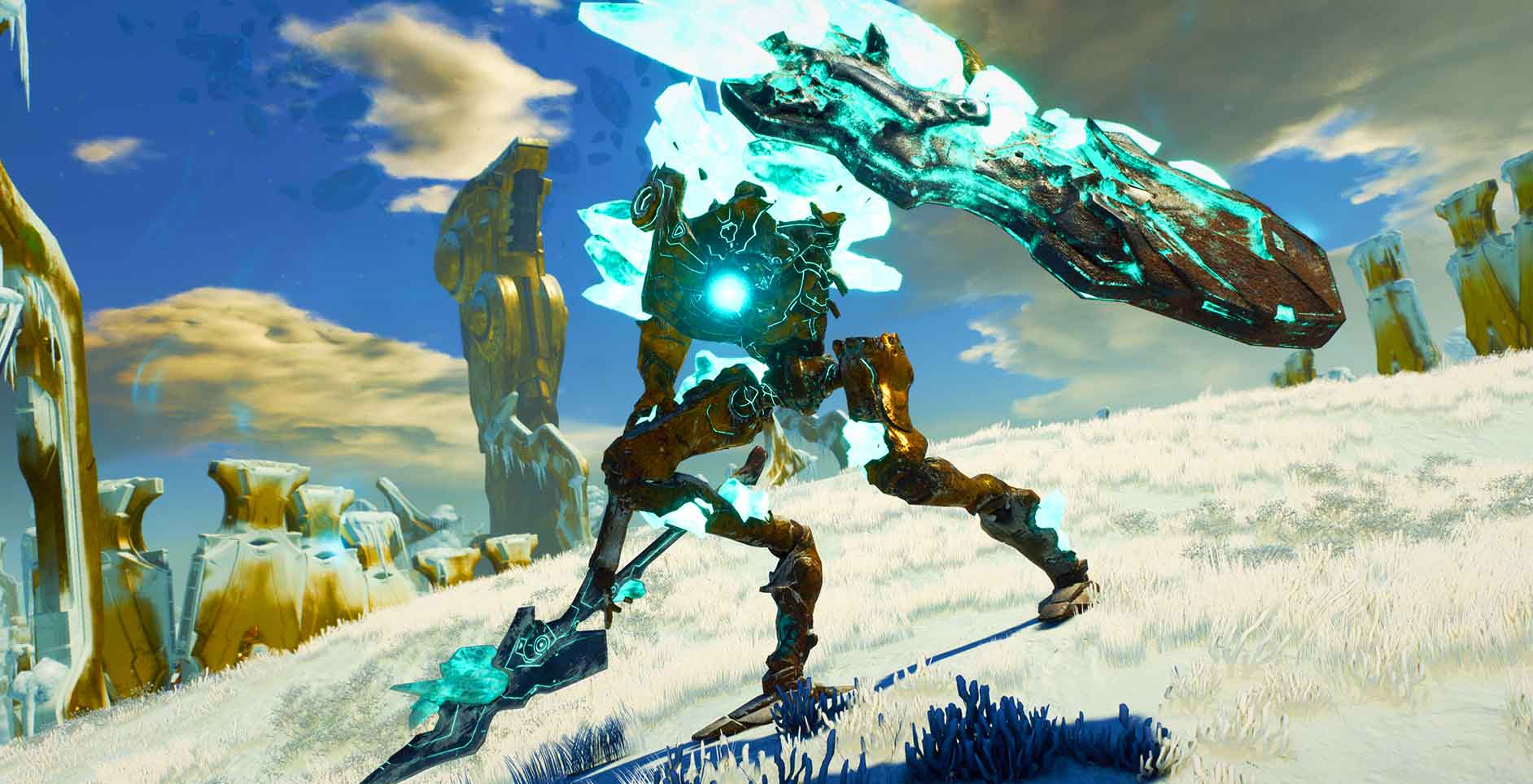
Given I had the chance to get hands-on with the Switch version and had access to all of the toys set to ship for Starlink’s launch day, it only made sense to jump in with Fox McCloud and the Arwing to kick off the adventure. His inclusion feels like a natural fit in Starlink, and having Slippy Toad, Falco and friends all work with him and engage in banter throughout his adventures in Atlas made the game feel extra special to me — almost as if we’d finally starting etching towards a modern Star Fox game that wasn’t all about gimmicky motion controls.
Fox’s inclusion in the Starlink narrative isn’t just related to a cameo appearance or anything of that measure, either, with him and his crew all playing a part in the development of the game’s story. After Captain St. Grand is taken, you’re tasked with trying to track him down and save Atlas from the invasion of the Forgotten Legion. It’s fairly basic stuff, though I think it seems to fit the narrative and tone of the game well, giving players a goal to aim towards and reason to fly about the galaxy. Three hours of time with it wasn’t enough to get any discernible idea of where and how the narrative will develop overtime, but I generally enjoyed the Pixar-esque style of it all and hope that there’s something special lying within.
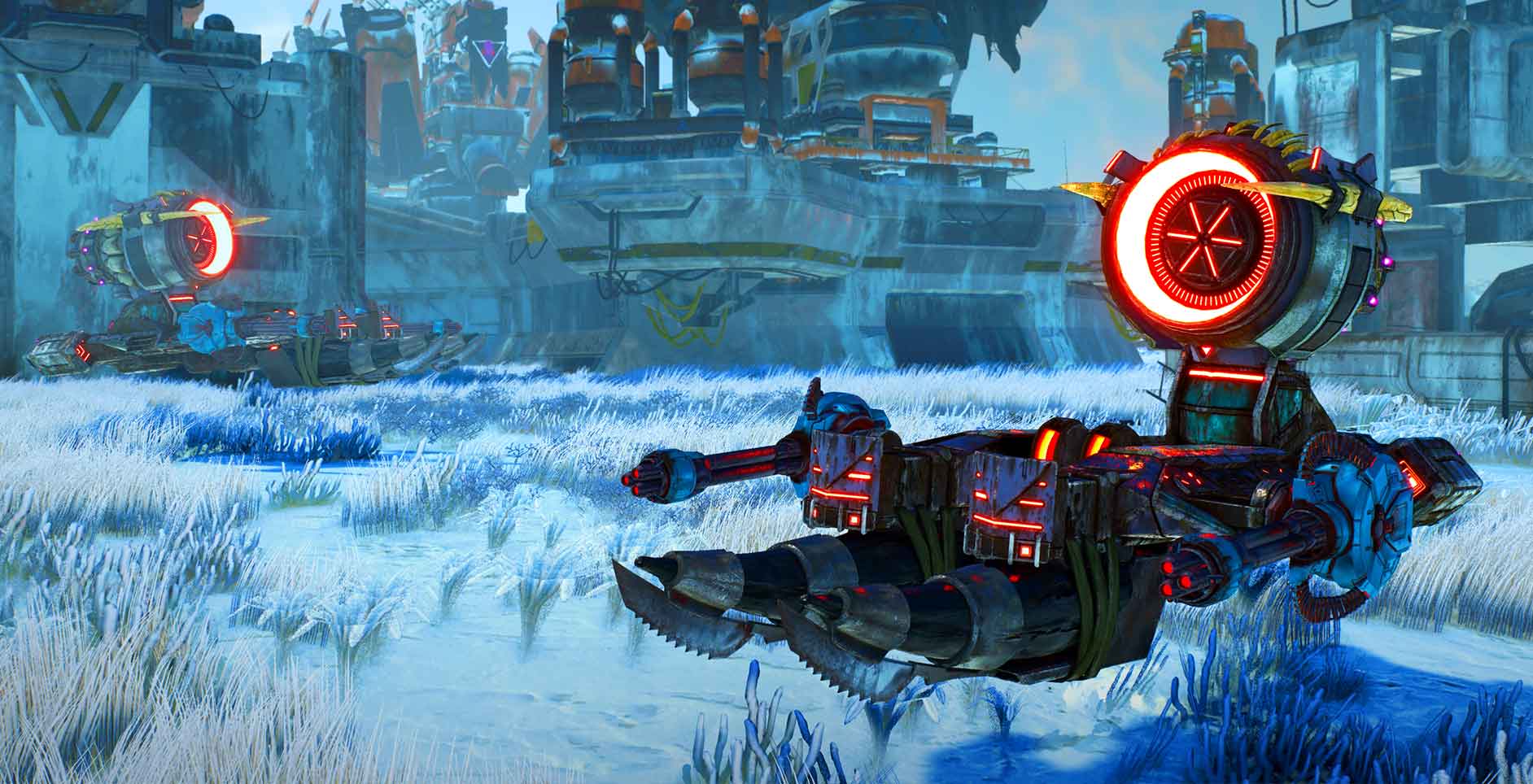
After 45 minutes of time on the Switch version, it was time to move into the second act and get hands-on with Xbox One code. This was a bit further into the game, and allowed me to not only explore a range of planets, but to also engage in a range of tougher, more complex quests. The one that stuck out to me the most had me taking on a range of excavator sites across a planet, destroying them and taking out enemies in the process, which inevitably led to a massive boss fight against a Prime.
Attacking the prime, which was a gigantic mech-like creature, followed two distinct combat patterns: one that would have me shooting its weak spot and then firing on an exposed weak point, and the other firing on exposed weak points to make it fall to the ground, opening up a vulnerable spot to shoot at and do major damage. This all happened while lesser enemies would attempt to take me down, though I made relatively short work of them.
Attacks follow a range of different patterns that relate to combinable elements. A fire and a water weapon firing upon one enemy, for instance, does more damage than two fire weapons. Most enemies are invulnerable against some elements and weak against others, which seems to add to the game’s combat. The general range of combat abilities and movement options were good, though the second act spruced up a worry in me fairly quickly, which relates to repetition.
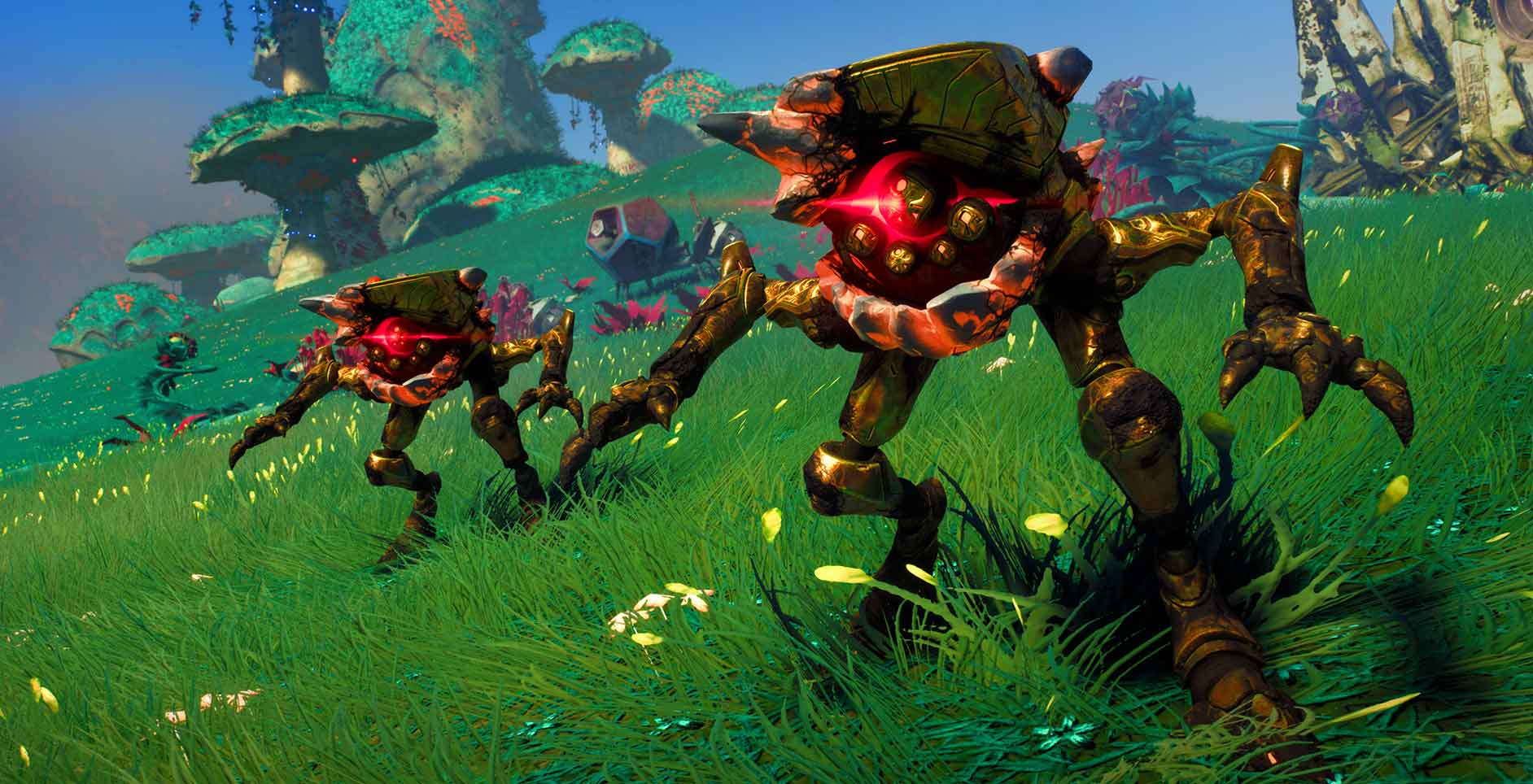
Throughout act two I consistently did the same things throughout different quests, from picking up materials and delivering them to observatories on Kirite to running amok on Haven and taking out excavators. I just felt like I was doing too much of the same thing to really get the most out of the game. That said, I felt like I didn’t have enough time to really go through all of the options at hand and explore the world of Atlas as much as I could, so I am hopeful the game won’t fall into a repetitive routine too much come launch.
As for the toys themselves, I really liked the build quality and way parts could stack on top of one another to create beastly contraptions. By the time I finished up with the preview event I’d concocted one heck of a ridiculous looking ship, though it looked awesome in-game. So design quality and the way it all integrates into the game is great, though I did notice the weight of a ship and pilot on your hands can take some getting used to. Further to this, the Switch controller that holds the Joy-Cons has a weird bump on the bottom of the controller in the spot I’d usually rest my fingers on in the normal Joy-Con grip, making things uncomfortable initially. Again, I got used to it overtime but it was fairly noticeable.
Some concerns aside, Ubisoft Toronto’s Starlink: Battle for Atlas is shaping up to be really good. I loved the space dogfights, and there’s a heck of a lot of depth in the systems at play. Whether or not the story really holds and the gameplay remains exciting is another matter entirely, but after three hours of hands-on time with the game I came out hopeful that we could be set to get something very special from a genre that has traditionally lacked bite over the last few years.
Starlink: Battle for Atlas launches on PlayStation 4, Xbox One, and Nintendo Switch on October 16.
